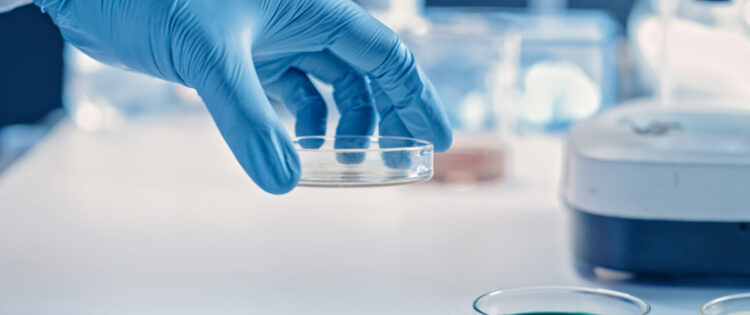
Any product intended for human consumption must undergo thorough testing, and since food is consumed, the testing is frequently even more important to prevent health problems.

Food analysis is a critical part of ensuring the safety and quality of our food supply. laboratories test food for a variety of contaminants, including bacteria, pesticides, and other chemicals.
The main idea of food testing is to examine food samples to ensure they are safe for human consumption. These tests are usually performed in order to identify microorganisms, chemicals, or other substances that may be present in the food.
There are many different types of food analysis that can be performed in order to determine the quality and safety of food products. Food testing Laboratories use a variety of techniques to test food samples for various purposes, including determining composition, identifying contaminants, and measuring nutritional content.
The most common type of food analysis is compositional analysis, which is used to determine the percentage of various components in a food sample. This type of analysis can be used to determine the fat, protein, and carbohydrate content of a food, as well as the vitamin and mineral content.
Another common type is contaminant testing. This type of analysis identifies contaminants such as pesticides, heavy metals, and bacteria in food samples. Contaminant testing is important for ensuring the safety of food products.
Nutritional analysis is another type that is used to measure the nutritional content of food samples. It can be used to determine the calorie content of a food, as well as the levels of vitamins, minerals, and other nutrients.
There are a variety of food testing techniques that can be used to determine the quality and safety of food products. These techniques can be used to test for the presence of pathogens, contaminants, or other unwanted substances in food.
Some common food testing techniques include:
– Pathogen testing: It is used to detect the presence of harmful bacteria, viruses, or other microorganisms in food. Pathogen testing can be performed using culture-based methods or molecular methods.
– Chemical testing: It detects the presence of chemicals in food. Chemical testing can be performed using a variety of methods, including chromatography, spectroscopy, and mass spectrometry.
– Physical testing: Is used to assess the physical properties of food, such as texture, appearance, and nutritional analysis: This type of testing is used to determine the nutritional content of food. Nutritional analysis can be performed using a variety of methods, including chemical analysis, microbiological analysis, and physical analysis.
– Sensory testing: This type of testing is used to assess the sensory properties of food, such as taste, smell, and appearance. Sensory testing can be performed using a variety of methods, including descriptive analysis, hedonic scaling, and consumer acceptance tests.
These are just a few of the many food testing techniques that are available. Each technique has its advantages and disadvantages, and the best method for testing a particular food will depend on the type of food being tested and the desired results.
There is a variety of food test equipment available to help determine the quality and safety of food products.
One common type of food test equipment is the Food Thermometer. This tool is used to measure the internal temperature of cooked foods to ensure they have been cooked properly.
Another important food test equipment is the Food pH Meter. It is used to measure the acidity or alkalinity of food products.
The Food Refractometer is also another common type of food test equipment. This tool is used to measure the sugar content of food products.
Finally, the Food Science Spectrophotometer is a tool that is used to measure the nutrient content of food products.
These are just a few of the many different types of food test equipment that are available. Each has its specific purpose and function. Food manufacturers and quality control personnel rely on these tools to help ensure the safety and quality of their products.
Food testing and regulation are an important part of food safety. The General Food Authority is responsible for setting food regulations in the United Arab Emirates. food testing is used to ensure that food products are safe for consumption and meet the standards set by the General Food Authority. Food testing can be done by food manufacturers, government agencies, or third-party labs. Food testing laboratories must be accredited by the General Food Authority to provide accurate results.
In short, food testing is used to determine if a food product is safe for human consumption and meets the standards set by the General Food Authority. Food manufacturers, government agencies, and third-party labs can all perform food testing. However, only laboratories that are accredited by the General Food Authority can provide accurate results. Food testing laboratories must go through a rigorous accreditation process to be recognized by the General Food Authority. This process includes passing a series of tests that assess the laboratory’s ability to accurately test food products.
Read more about toys safety.